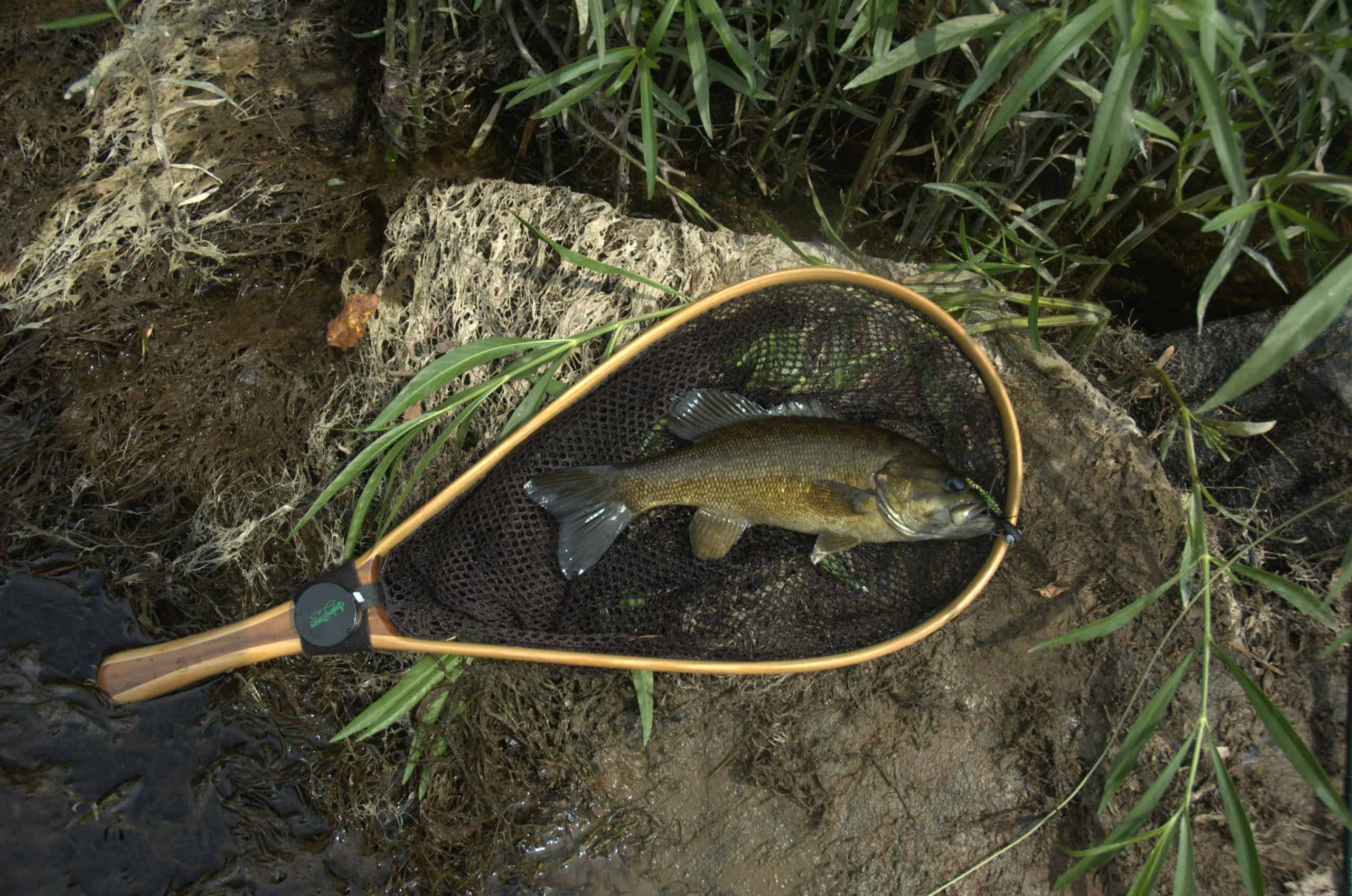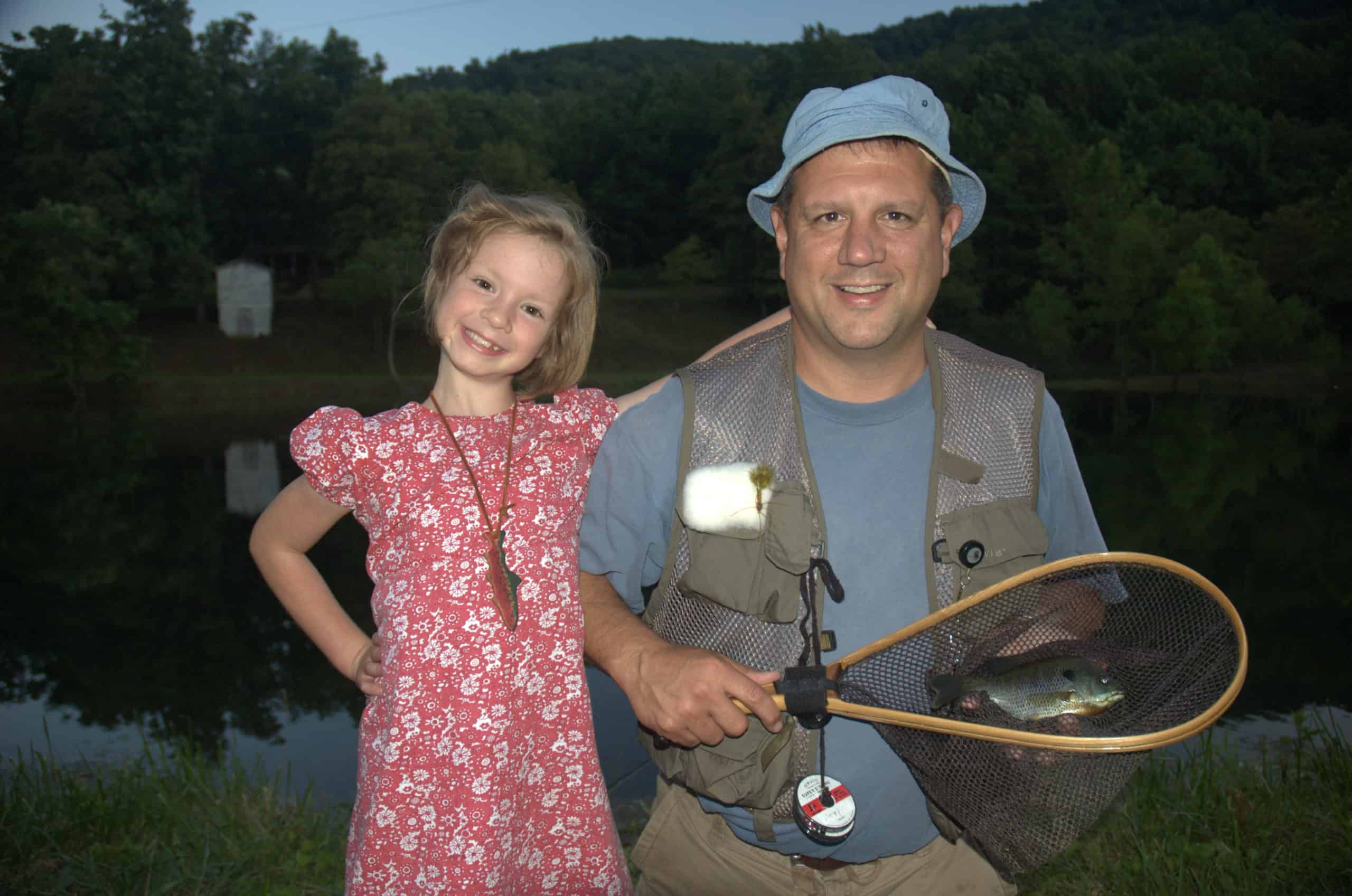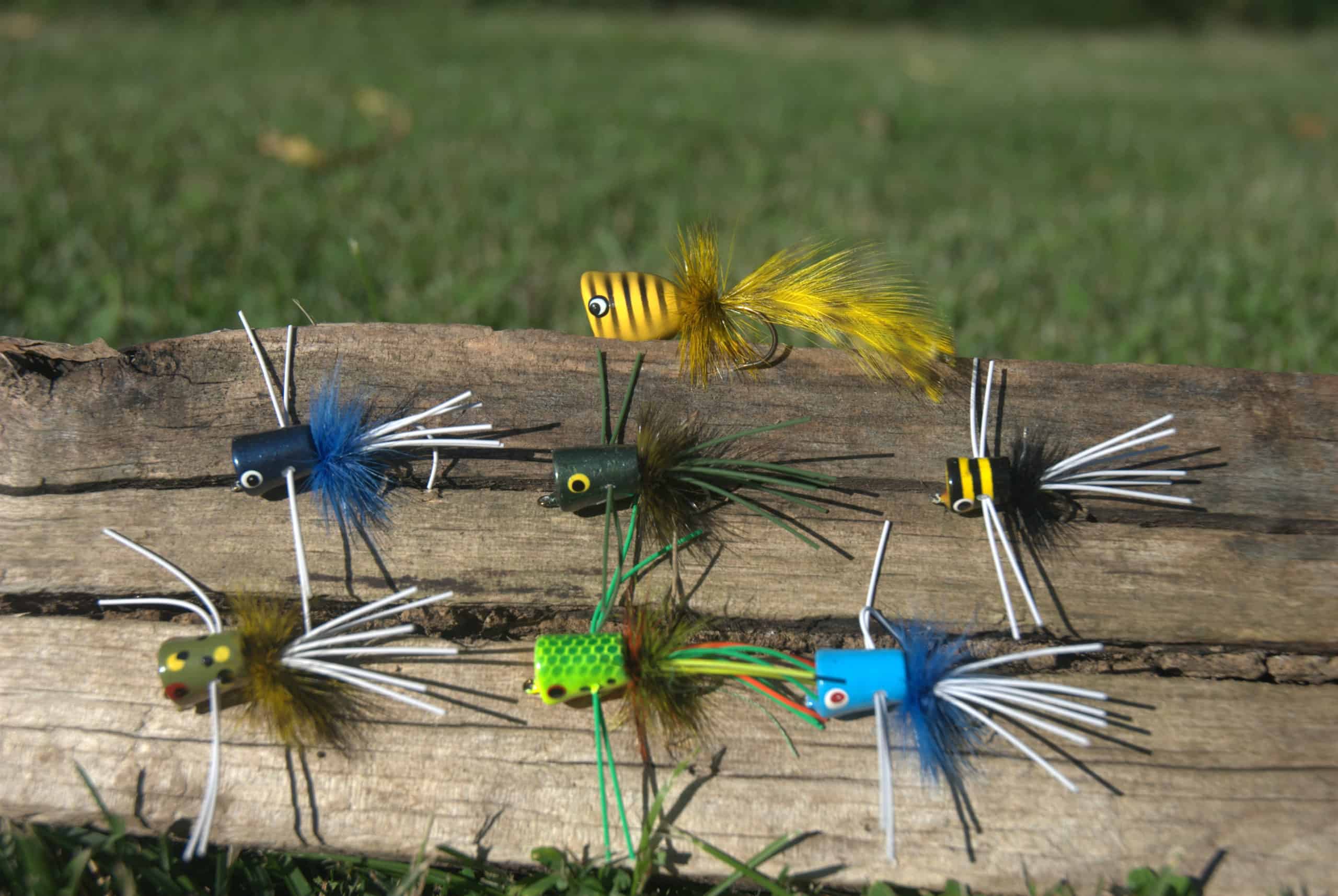by Beau Beasley
Fly anglers have a seemingly endless supply of patterns to choose from when they head out for a day of fishing on the water. Streamers, nymphs, dries and emergers all make for great fishing. But if I were only limited to fishing a few patterns, it is the humble popping bug that would easily make the cut. Poppers are among the most productive patterns imaginable and are fished in all 50 states to one degree or another.
Sure, when you think poppers you think Texas, Florida, and Alabama—but even Alaska, Minnesota and Montana are home to fish that will fall hard for an appropriately placed popping bug. You can use poppers to fish for everything from stripers in saltwater bays to pike in high mountain lakes to panfish in nearly any warm-water river. And let us not forget that emblem of childhood, the venerable largemouth bass in the idyllic farm pond down the road.
Yes, the all-purpose popping bug may be your best choice for your next day of fishing.
Deep Cover Bass and Trout
Usually by the end of May and most certainly by June, warm-water fish such as smallmouth and largemouth bass will eagerly come to the surface for a meal. These large sunfish are cousins to the humble bluegill and put up a good fight when anglers are lucky enough to get them on the line. To avoid being caught in the branches, work your cast in slowly with a few practice throws before heading to the best water. Few things are as irritating as casting your favorite popper onto a tree limb. If you should get hung up in a tree, don’t overreact. It is possible that, with just a gentle amount of pressure, your fly will plop right down where you want it. And since the helpless, falling terrestrial was what you wanted the fish to see in the first place, your mishap may be a blessing in disguise.
The poppers that you use to fish for trout will most likely be imitating terrestrials like ants, hoppers, and especially spiders. Let your pattern float just like any other dry fly and avoid as much drag as possible. You may elect to begin tossing your pattern close to the bank where trout like to hide. The trout sit under the bank and scope out the passing food in the same way that you can see a plane fly by in the sky from the cover of your garage. You needn’t step on to your driveway to see that plane, and trout needn’t leave the cover of the overhanging bank to spot their food. Their eyes are peeled for tasty morsels, however, and a black or brown leggy-looking popper may be just what it takes to get that trout to make his move from the comfort of his “garage.”
Bay Candy
Few sites are more exciting than watching a school of actively feeding stripers, especially during the spring and fall migrations when there may be hundreds of feeding fish. Anglers who elect to fish on the surface with poppers have a few things to contend with that subsurface anglers do not. First, the larger fish tend to be at the bottom of the school picking off the injured or stunned baitfish that sink in the water column. I for one am willing to forego a few pounds in exchange for the exciting surface water hits when they do occur.
Second, anglers casting poppers—especially those in the 1/0-3/0 range—must consider wind resistance. Make sure you have at least an 8-weight when casting poppers in saltwater; 9- and even 10-weights are appropriate rods for casting these large and often cumbersome patterns. Can you use a smaller rod? Sure you can. However, the smaller rod will require much more strength and energy to cast as the flex in smaller-weight rods may not compensate enough for the wind.
Types of Poppers
The two basic styles of popping bug—slider and popper—are versatile and effective when fished correctly. The slider is cone- or bullet-shaped. This style of fly skims across the surface of the water and makes a wake like a small baitfish pushing water. It tends to be a bit more subtle, and although designed to skim the top of the water, can dive below the surface if fished correctly. Rainey’s Flies has patterns that are cut on a deep angle to make it much easier to dip them below the surface.
The popper style is flat- or cup-faced and displaces much more water. Sound travels seven times faster in water than it does in air, and fish with long lateral lines like bass can easily feel the disturbance in the water’s surface as well as hear its movement. Poppers are the more common of the two styles of popping bug and often come with legs that make them look as though they are moving even when they’re sitting still on the surface. No stripping action is typical; the key here is to try the pattern out in a variety of settings to see what works best for you. At times I’ve found short, choppy stripping action quite effective; at other times the fish seem to want poppers to move ever so slightly.
While most poppers are made out of cork, some are made out of foam or hard plastics. Some fly anglers actually prefer to use spun deer hair and other similar patterns in lieu of traditional poppers, but these still impart the traditional popper action. Heck, I know guys who have made poppers out of old flip flops. In the end, if it floats and pushes water you can probably use it as a popper. While I don’t know about each and every pattern that’s out there, the following companies have a pretty good Boogle Bugs (205) 969-2211,Rainey’s Flies (435) 753-6766, and Umpqua Feather Merchants (800) 322-3218 all make poppers.
Beau Beasley (www.beaubeasley.com) is the author of Fly Fishing Virginia and Fly Fishing the Mid-Atlantic. He lives with his wife and children in Warrenton, VA.
The Union Sportsmen’s Alliance website is designed to provide valuable articles about hunting, fishing and conservation for members of AFL-CIO affiliated labor unions and all sportsmen and sportswomen who appreciate hunting and fishing and want to preserve our outdoor heritage for future generations. If you would like your own story and experience from the outdoors to be considered for our website, please email us at [email protected].






